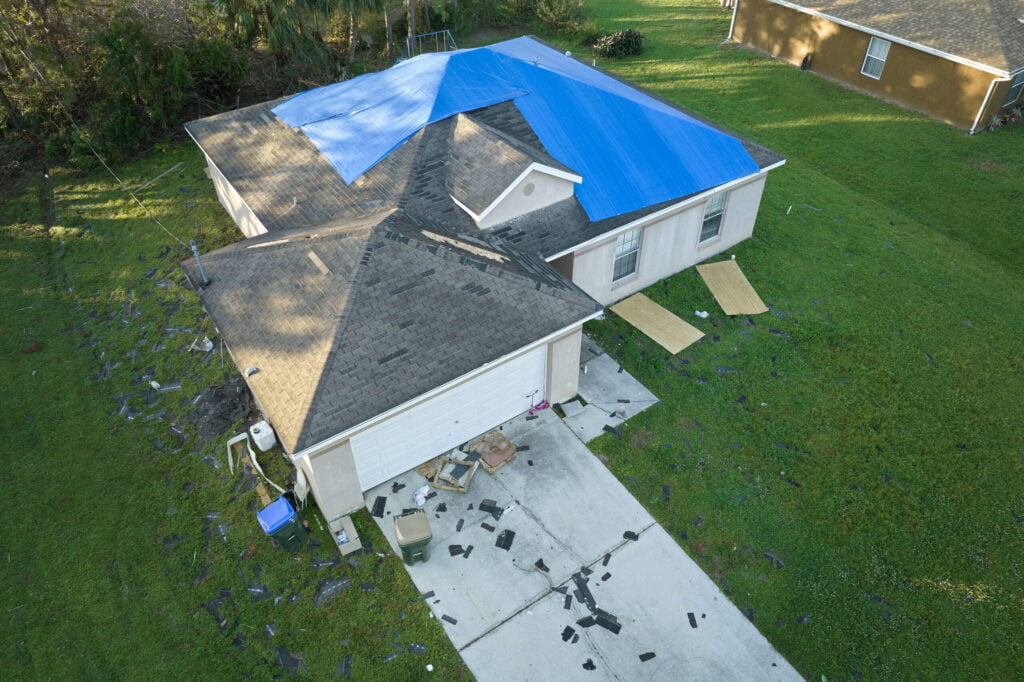No one wants to come home to a bathroom that’s been flooded. But if it happens, don’t panic. You can take steps to clean up the mess and prevent further damage. Addressing the damage as soon as possible can also help minimize the money needed to repair the damage. Keep reading to learn what to do if your bathroom floods.
Replacement Shower

If your bathroom has been damaged by a flood, one of the first things you will want to do is replace the shower. The shower is one of the essential features of a bathroom, and if it has been damaged by water, it needs to be replaced as soon as possible. Here are some tips for your replacement shower process. First, you need to remove the old shower. This can be done by disconnecting the plumbing and removing the screws that hold it in place.
Next, you will want to install the new shower. This can be done by following the instructions that came with the new shower. Ensure to connect the plumbing correctly and tighten all of the screws securely. Lastly, test the new shower. Once everything is installed, test out the new shower to make sure it is working correctly.
Replace Any Destroyed Flooring

If there is dangerous debris or material in your bathroom, you should consult an emergency cleanup and restoration company. When your home is affected by a flood, the damage can be extensive and costly. The water can damage the walls, flooring, fixtures, and other room components. It’s essential to take action as soon as possible to minimize the damage. Finding an emergency cleanup and restoration company in your area is not a difficult task. For example, if you live in Carrollton, Texas, you can search “emergency cleanup and restoration in Carrollton, TX” for results.
When you hire an emergency cleanup and restoration company, the company will do several things. First, they will remove any standing water from the room with a mop or towel. Next, they will dry out any wet areas using a fan or air conditioner. If any areas are still wet, a dehumidifier will be used to remove the moisture. If any walls, flooring, or fixtures are damaged by water, they will be repaired or replaced. There will also be a careful check for mold and mildew. Mold can grow within 24-48 hours after a flood, so it’s essential to treat any affected areas immediately.
Take Safety Precautions
When your home is damaged by flooding, it is essential to take safety precautions to avoid further damage and potential injuries. If the water level is above your waist, you may want to consider leaving the premises until the water recedes. You should pack a bag with essential and necessary items, such as medications, clothing, and essential documents. When the floodwaters have lessened, you can return home, but make sure to continue to take safety precautions.
If you must stay, try to keep on the highest level of the house and avoid contact with floodwater, as it may contain harmful bacteria and parasites. If you have to walk in floodwater, wear sturdy shoes and avoid contact with electrical wires and other objects that may be electrified. Be aware of potential hazards such as downed power lines, gas leaks, and structural damage. You should also make sure not to touch electrical equipment if it is wet and to turn off the electricity and gas. Some other tips include removing all wet items from your home and placing them in a dry area, taking photos of the damage for insurance purposes, and moving furniture and appliances to higher levels if they are not wet.










